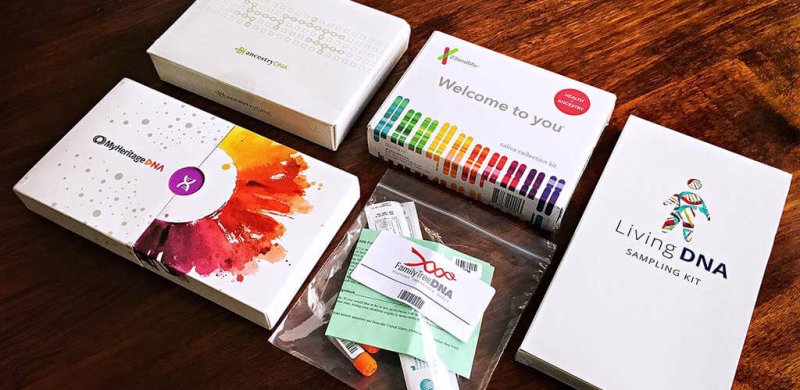It’s right there in the fine print of any consumer DNA test, if you bother to read it: DNA testing can come with identity-disrupting surprises, be it an unexpected relative, genetic condition, or, in our case, heritage. But something about [the genetic test results] didn’t feel quite right.
…
I suspected the error might lay not in my family narrative, but in the DNA test itself. So I decided to conduct an experiment. I mailed my own spit samples to AncestryDNA, as well as to 23andMe and National Geographic. For each test I got back, the story of my genetic heritage was different—in some cases, wildly so.
…
Four tests, four very different answers about where my DNA comes from—including some results that contradicted family history I felt confident was fact. What gives?
…
A big problem is that many of us have a basic misunderstanding of what exactly we’re reading when Ancestry or 23andMe or National Geographic sends us colorful infographics about how British or Irish or Scandinavian we are. It’s not that the science is bad. It’s that it’s inherently imperfect, an estimation based on how much our DNA matches up with people in other places around the world, in a world where people have been mixing and matching and getting it on since the beginning of human history.
Read full, original post: How DNA Testing Botched My Family’s Heritage, and Probably Yours, Too































